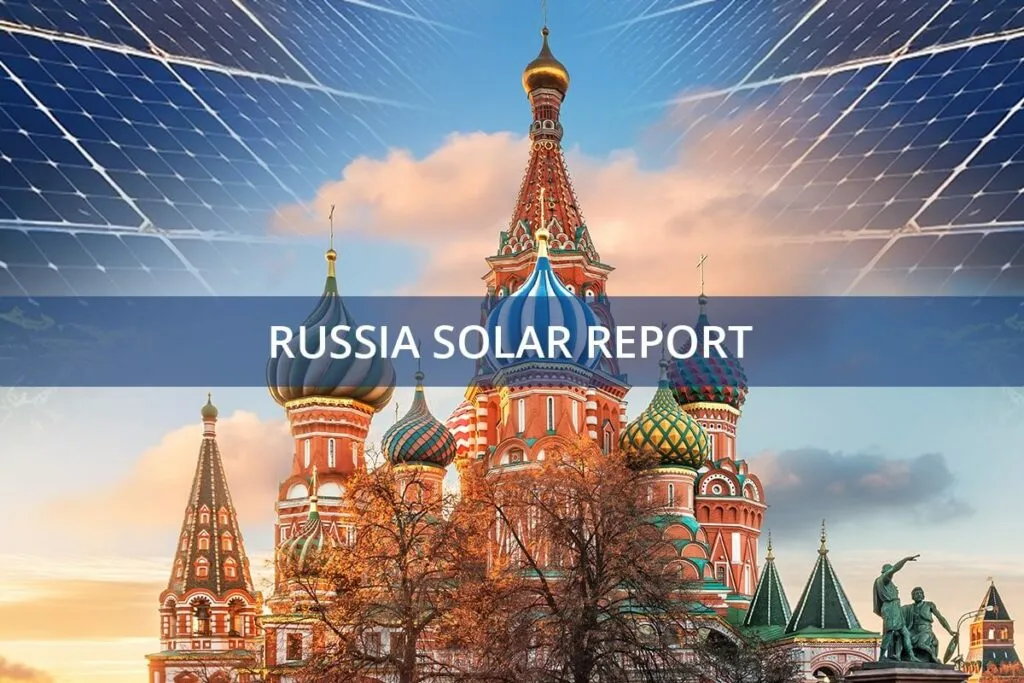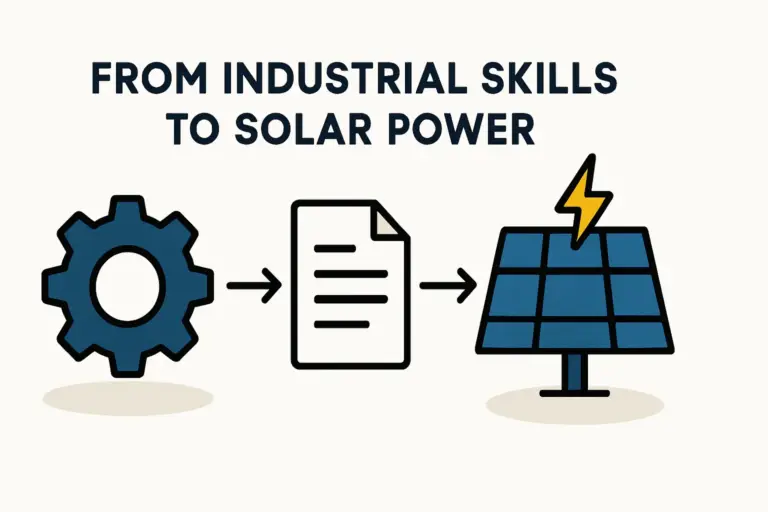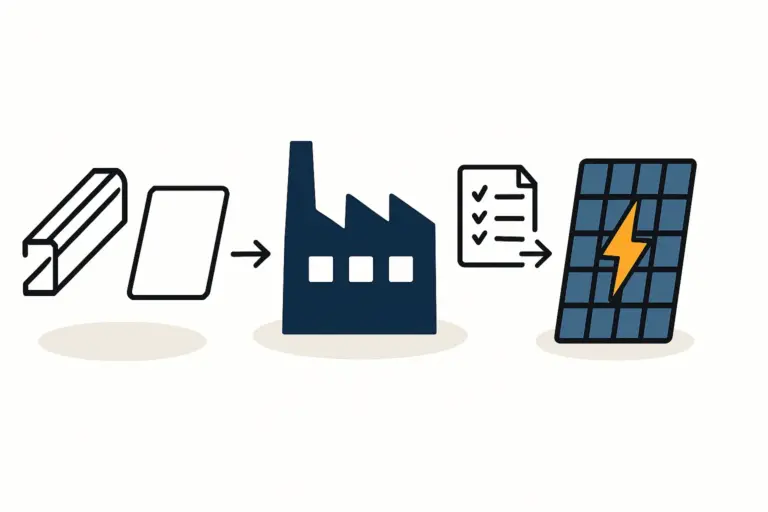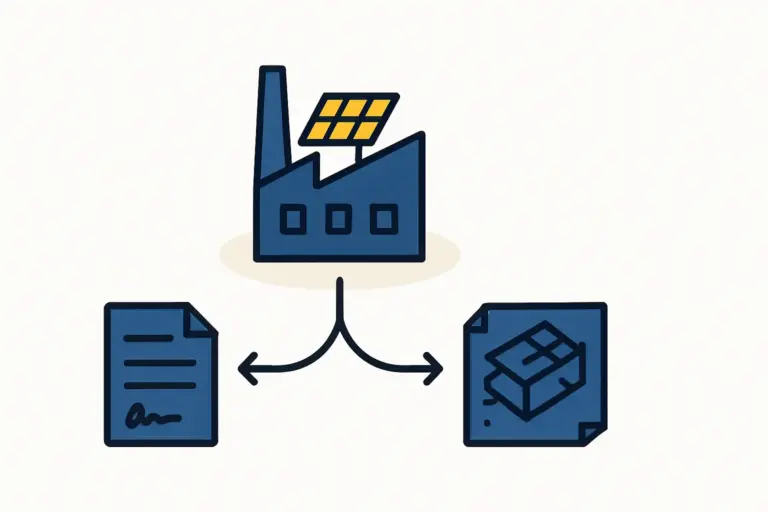Imagine your new solar module production line is complete. The machinery is calibrated, the staff is trained, and the first batch of high-quality modules is ready for the market. Yet a final, critical step remains before these products can be sold in Russia or its neighboring countries: regulatory certification. For many entrepreneurs entering the Eurasian market, this stage can be unexpectedly complex.
Complying with the region’s technical regulations is a non-negotiable part of entering the market. This is not merely a bureaucratic formality but a fundamental requirement for legal operation and customs clearance.
This guide provides a clear overview of the mandatory EAC certification process for solar modules intended for the Eurasian Economic Union (EAEU), explaining the transition from the older GOST-R system and outlining the steps for compliance.
Understanding the Regulatory Landscape: EAC vs. GOST-R
For decades, the GOST-R mark was the standard symbol of product conformity in Russia. With the formation of the Eurasian Economic Union (EAEU)—comprising Armenia, Belarus, Kazakhstan, Kyrgyzstan, and Russia—the EAEU established a unified system to streamline trade and safety standards across member states.
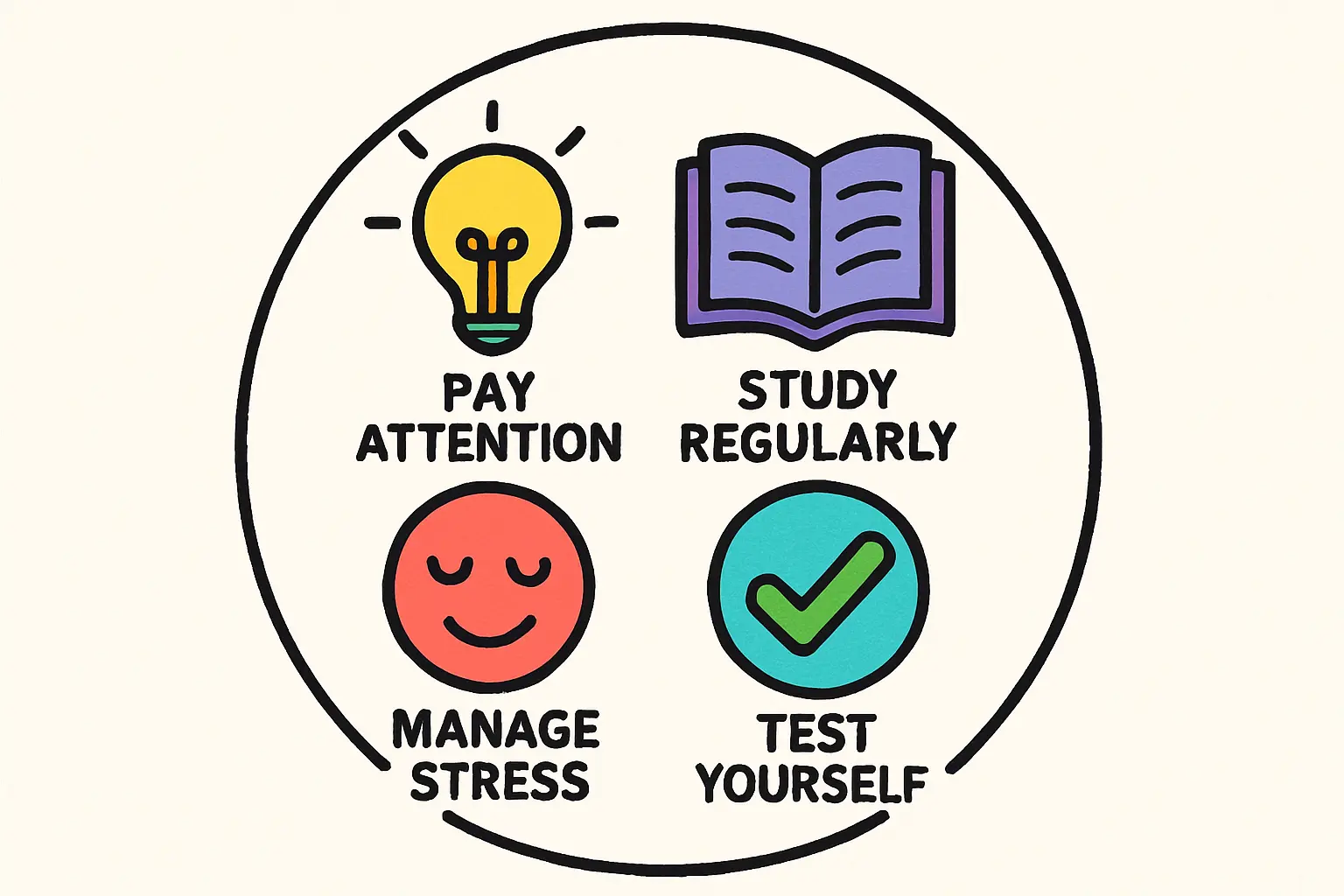
This new system, based on the Eurasian Conformity (EAC) mark, has superseded mandatory GOST-R certification for most manufactured goods, including electrical equipment like solar modules. While a voluntary GOST-R certificate can still be obtained to demonstrate additional quality credentials, the EAC certificate is the legally required document for market access within the entire EAEU. This means any new manufacturer planning to operate in the region must focus on achieving EAC compliance.
The EAC Mark: Your Passport to the Eurasian Market
The EAC mark on a product signifies that it meets all technical regulations of the Eurasian Economic Union. As the sole conformity mark for the EAEU, it confirms that the product has undergone all required assessment procedures.
Without this mark, solar modules cannot be legally sold, distributed, or imported into any of the five member states. It is a critical component of the product label, and its absence can lead to shipments being held at customs, fines, and even a complete halt of sales.
Key Technical Regulations (TR EAEU) for Solar Modules
Solar modules, as low-voltage electrical power-generating devices, primarily fall under two key technical regulations:
-
TR EAEU 004/2011 ‘On the safety of low-voltage equipment’: This regulation is designed to protect human life and health from hazards associated with electrical equipment. For solar modules, this involves providing protection against electric shock and mechanical hazards, as well as ensuring adequate insulation and durability.
-
TR EAEU 020/2011 ‘Electromagnetic compatibility of technical equipment’ (EMC): This regulation ensures that equipment does not create electromagnetic disturbances that could interfere with other devices (like radio and telecommunications equipment) while also demonstrating an adequate level of immunity to external electromagnetic interference.
Compliance with both of these regulations is mandatory to obtain the EAC Certificate of Conformity.
The Step-by-Step EAC Certification Process
The path to EAC certification is a structured procedure that requires careful planning and documentation. Experience from turnkey projects shows that integrating these steps into the early stages of factory planning can prevent significant delays.
-
Appointing an Authorized Representative
A manufacturer located outside the EAEU cannot apply for EAC certification directly. The applicant must be a legal entity registered within one of the EAEU member states. This ‘Authorized Representative’ acts on behalf of the manufacturer, submits the application, and bears legal responsibility for the product’s conformity within the EAEU. -
Compiling the Technical File
A comprehensive set of documents must be prepared, translated into Russian, and submitted to an accredited certification body. This file serves as evidence of the product’s design, safety, and manufacturing consistency. Key documents include:
- Technical specifications and product data sheets
- Operating and installation manuals
- Safety analysis and risk assessment
- A complete list of components and materials
- Circuit diagrams and design drawings
- Existing test reports (e.g., from IEC certifications), if available
-
Sample Selection and Testing
Product samples must be tested in an accredited laboratory located within the EAEU. These tests verify conformity with the standards outlined in TR EAEU 004/2011 and TR EAEU 020/2011. Results from laboratories outside the EAEU are generally not accepted as a substitute for this mandatory local testing. -
Factory Audit (If Required)
For certificates covering serial production (valid for up to 5 years), the certification body will often conduct an on-site audit of the manufacturing facility. This audit verifies that the factory has consistent production processes and robust quality control protocols in place to ensure every module produced meets the certified standards. -
Issuance of the Certificate of Conformity
Once the technical file is approved, tests are passed, and the factory audit is successful, the accredited body issues the EAC Certificate of Conformity. This official document is then registered in the unified EAEU registry, making it publicly verifiable.

- Applying the EAC Mark
With the certificate in hand, the manufacturer is legally authorized to affix the EAC mark to the solar modules, their packaging, and accompanying documentation. The product is now officially ready for market entry.
Common Challenges for New Manufacturers
Entrepreneurs new to the region often encounter several predictable challenges in the certification process:
- The Language Barrier: All official communication, documentation, and product markings must be in Russian.
- Navigating Bureaucracy: Identifying and contracting with a reliable Authorized Representative and an accredited, competent certification body requires local knowledge.
- Logistical Hurdles: Managing the shipment of product samples to an EAEU laboratory and coordinating schedules for a factory audit can be complex, especially from abroad.
Anticipating these challenges is key to a smooth and efficient certification timeline.
Integrating Certification into Your Factory Plan
Certification should not be an afterthought. The requirements for EAC compliance should influence decisions made early in the process of setting up a production facility. The choice of components, module design, and quality assurance procedures all have a direct impact on the ability to pass certification tests.
By planning for certification from day one, manufacturers can ensure their product is designed for compliance, saving significant time and avoiding costly redesigns down the road.

Frequently Asked Questions (FAQ)
How long does the EAC certification process typically take?
The timeline can vary significantly based on the applicant’s preparedness and the schedule of the certification body and laboratory. A realistic estimate ranges from several weeks to a few months from the submission of a complete application.
What is the validity period of an EAC certificate?
Certificates can be issued for a single batch of products or for serial production. A certificate for serial production is typically valid for one, three, or a maximum of five years, and often requires annual surveillance audits to remain valid.
Can our existing IEC 61215 and IEC 61730 test reports be used?
While IEC reports are valuable additions to the technical file and demonstrate a commitment to international standards, they do not replace the mandatory testing required in an accredited EAEU laboratory. They can, however, simplify and expedite the local testing process.
Who can act as the Authorized Representative?
The Authorized Representative must be a legal entity (e.g., a limited liability company) or a sole proprietor officially registered and residing in one of the EAEU member states. This can be a branch office, an importer, a distributor, or a third-party service provider specializing in this role.
Conclusion and Next Steps
Obtaining EAC certification is a mandatory and detailed process essential for any solar module manufacturer targeting the Eurasian Economic Union. This structured pathway confirms a product’s safety and quality, ultimately building trust with customers and regulators.
By understanding the steps, preparing the necessary documentation, and anticipating potential challenges, entrepreneurs can navigate this process efficiently. Viewing certification not as a final obstacle but as an integral part of the production strategy is the key to successfully launching a product in this promising and expansive market.

